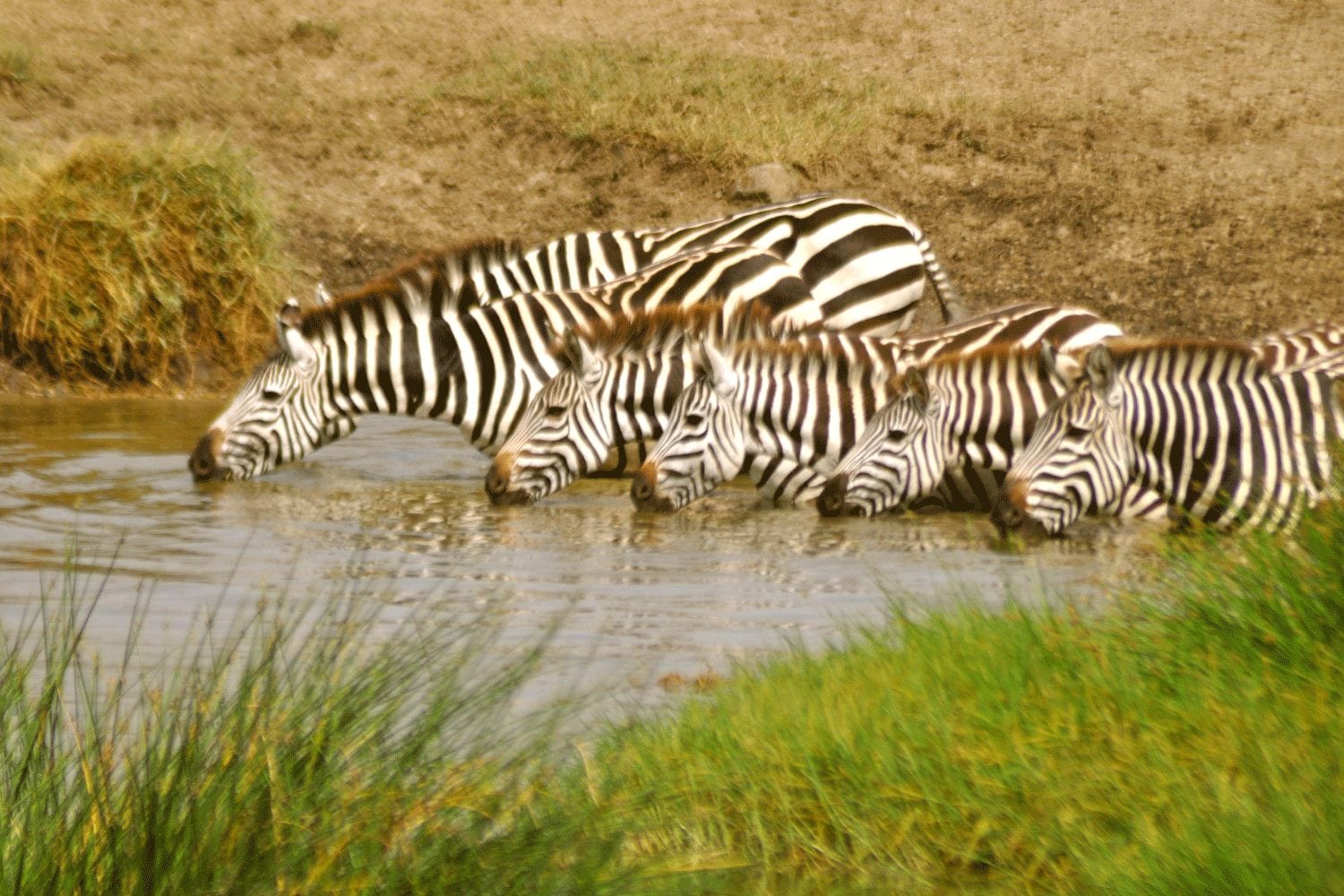Tarangire National Park is located 120 km from Arusha south east of Manyara. This park has a particularly dense wildlife population between June – October. This national park is home to thousands of elephant, and in the dry season game congregates along the river having migrated from the Masai Mara. This park is symbolized by the Baobab tree, growing in open acacia woodland. Tarangire is an ornithologists paradise rich in birds of prey and an incredible diversity of avifauna.
Tarangire National park is popular for Large herds of antelope of all sorts including: eland, lesser kudu, Kongoni, impala, Zebra, gazelles, buffalo, wildebeest, leopard, elephant, rhino and lots of smaller mammals.
Tarangire National Park is an open Savannah grassland with a swampy southern part. the vegetation includes woodland,parkland, wetland, seasonal floodplain river valley and gentile rolling hills.
The park gets it’s name from the Tarangire River which flows across the park. it attracts animals that travel several kilometers to quench their thirst in its perennial waters during the dry season.
The river bank lined with tall trees is an ideal habitat for a variety of birds. The park boasts a recorded 550 species of which the most commonly spotted are the yellow-collared Lovebird, Goliath Heron, Helmeted Guinea Fowl, White-bellied Go-away Bird, Hamerkop, Baleleur, Kori Bustard, Long-toed Lapwing, brown Parrot, Madagascar Bee-eater, Owls, Weavers, Kingfisher, Doves, Ostrich, Plovers, Sandpipers, Francolins Ducks and African Hooppoe




